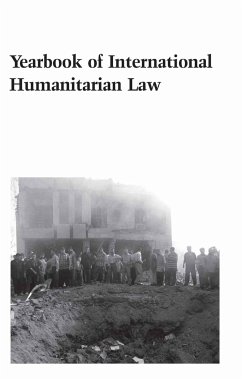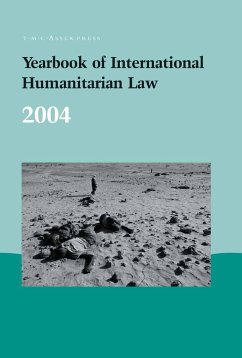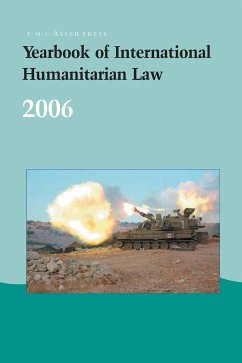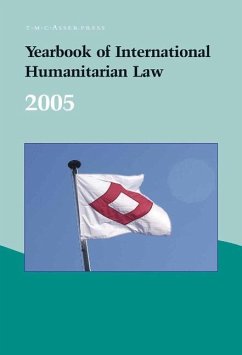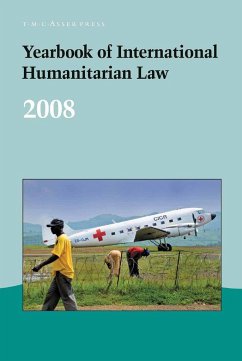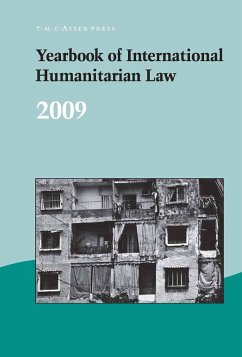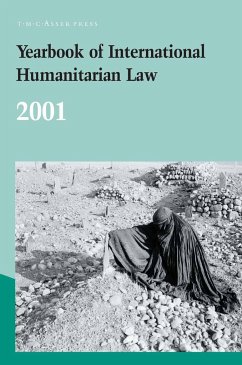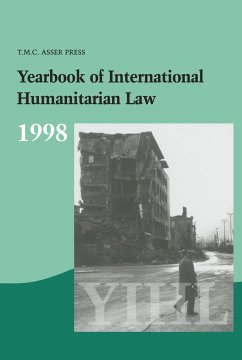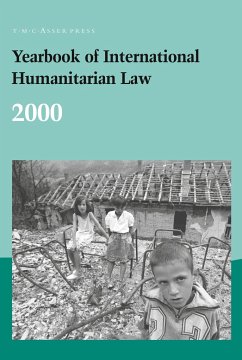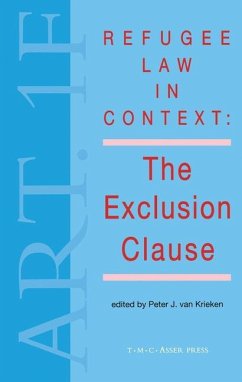Nicht lieferbar
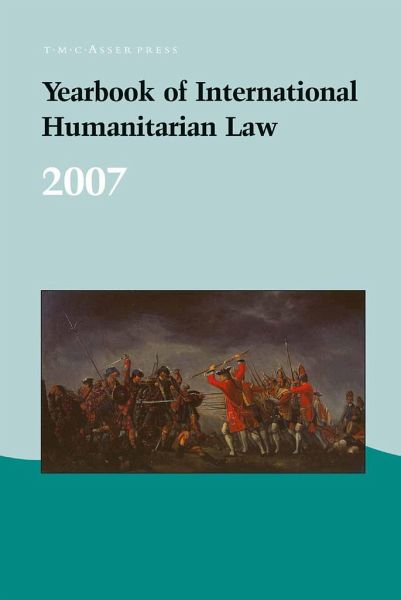
Yearbook of International Humanitarian Law - 2007
Versandkostenfrei!
Nicht lieferbar
The controversy surrounding the use of white phosphorus (hereinafter WP) by the 3 American armed forces to 'flush-out' suspected insurgents in Fallujah, in 2005, followed by the use of 'phosphorous shells' by the Israeli forces against the Hiz- 4 bullah 'in attacks against military targets in open ground' in Lebanon in 2006, has led to a renewed interest in the legal status of WP-based munitions. Fear of fire and of burn injury is deeply embedded in the human psyche, so a dislike for incendiary 5 weapons is very natural, especially when women and children are the victims; but even in the case ...
The controversy surrounding the use of white phosphorus (hereinafter WP) by the 3 American armed forces to 'flush-out' suspected insurgents in Fallujah, in 2005, followed by the use of 'phosphorous shells' by the Israeli forces against the Hiz- 4 bullah 'in attacks against military targets in open ground' in Lebanon in 2006, has led to a renewed interest in the legal status of WP-based munitions. Fear of fire and of burn injury is deeply embedded in the human psyche, so a dislike for incendiary 5 weapons is very natural, especially when women and children are the victims; but even in the case of combatants, one is entitled to ask whether the 'laws of hum- ity, and the dictates of the public conscience' should not prevail when it comes to anti-personnel uses of such weapons. In the absence of a specific treaty dealing with the use of WP, this article examines the use of such weapons in practice as well as the relevant legal and scientific background before attempting to reach conclusions about their legality. 2. MILITARY ASPECTS The armed forces have a legitimate requirement for substances that can be used to illuminate a battlefield at night or to provide cover during daylight, to mark a target, to assist in range-finding or to set fire to material targets such as ammu- tion or fuel stores.




